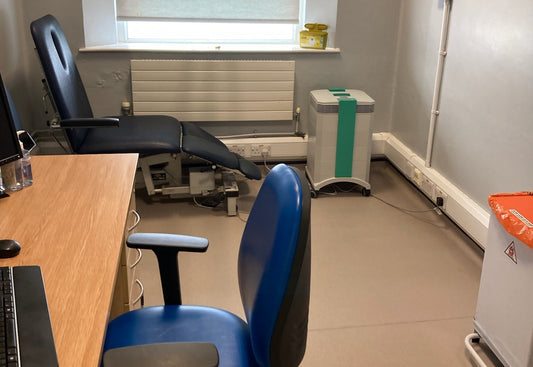Most people spend the main part of their day indoors – in the home, school or office environment. Focusing specifically on improving air quality in the office and workplace setting, we are looking at the key potential sources of pollution which impact upon air quality and employees’ health. Examples include, outdoor air (particularly relevant if the workplace is next to a busy road), infection (bacteria, viruses) from other employees, photocopying fluids, off-gassing from carpets and furniture, moulds and house dust mite. Health issues ranging from asthma attacks to Sick Building Syndrome (SBS).
There is a business case, based upon solid scientific research, for investing in measures to improving air quality in the office environment. This should go beyond remembering to open a window from time to time! A professional Office air purifier and a proper ventilation system, either separate or in a combined system, should play a major role in these efforts.
In a landmark study, from the International Centre for Indoor Environment and Energy, a clear link was found between perceived indoor air quality and call centre worker performance. Every 10 per cent reduction in perceived dissatisfaction with air quality (achieved by improving ventilation or replacing air filters with new ones) was associated with a one per cent improvement in productivity as measured by decreased talk time per call[1].
Further analysis from this study involved a life cycle assessment of an office building in Finland, which set investment in improving air quality in the office against the increased revenues from the resulting improved productivity. This suggested that the investment is recoverable in less than two years.
Meanwhile, a study of nearly 4,000 employees at the multinational consumer electronics and eyewear company Polaroid has found that sick leave was reduced when additional ventilation was provided[2]. The study authors noted that this reduction was similar to that found when employees have a flu vaccination. A financial analysis showed the cost of sick leave arising from poor ventilation was $480 per employee per year. Improving ventilation was cost-effective because it could lead to savings of $400 saving per employee each year through increased productivity. Extrapolating these results suggested that the national costs of reduced productivity caused by sickness linked to poor ventilation could be as high as $22.8bn per year. Another analysis[3] puts savings from improving ventilation in the workplace at $700 per person per year.
School and college
Improving air quality is also relevant to students. A study from Norway[4], based in 35 classrooms, showed faster reaction times when ventilation rates were increased from 4 litres per second, per person, to 12 litres per second[5]. Meanwhile, a study from the US, involving 54 schools, showed that a 13 per cent improvement in maths and reading performance when the ventilation rate was improved[6]. Wargocki and his team[7] also showed that performance in eight different aspects of school work, from reading to maths, where concentration, logic and comprehension are needed, improved when ventilation rates were increased. Wargocki noted: “Classroom air is a very important factor in the learning process and should become an urgent educational priority. Until now, however, classroom air quality has been neglected and was often much worse in classrooms than in the offices where adults work.”




